UK Winter Gardening: Tips, Jobs & What To Grow
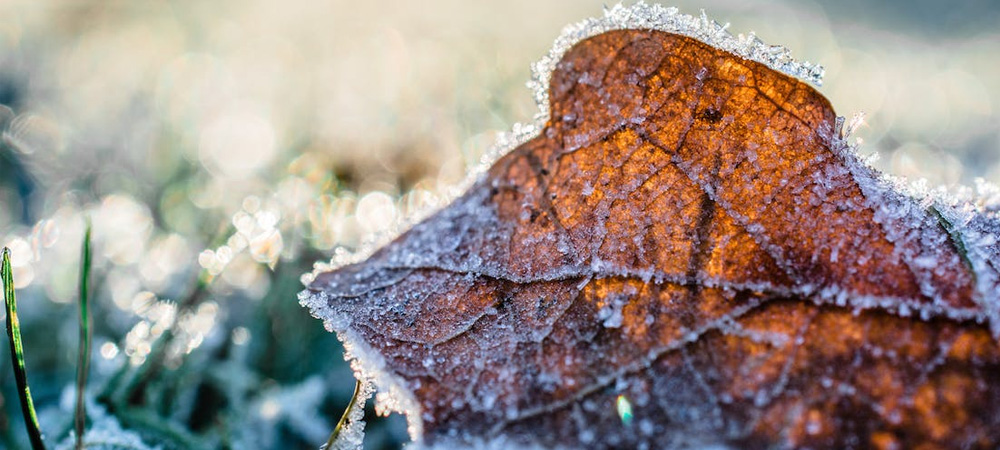
With many plants being dormant, winter can be a quieter time for your garden.
However, there are actually many things you can do in your garden during the winter months if you do want to get outdoors during the year’s colder periods.
Many plants can still be enjoyed around this time of year.
Important Winter Gardening Jobs
Protecting Plants from the Winter Elements
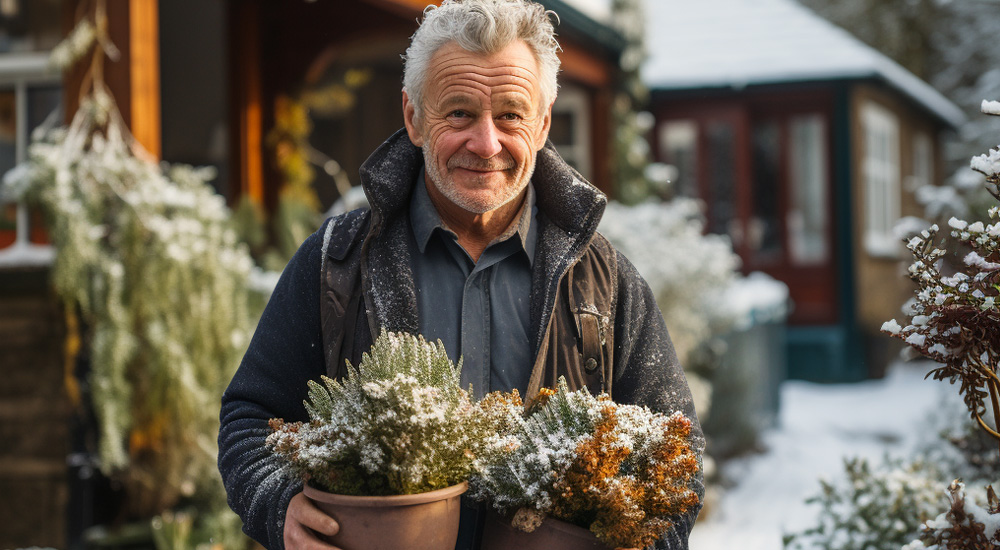
Move potted plants to sheltered areas or indoors if they're very sensitive, to shield them from the frost.
Cover delicate plants with horticultural fleece to provide much needed insulation from the cold.
If you have a greenhouse heater, turn it on and monitor the temperature levels if you're growing in there.
You can also apply a thick layer of mulch around the base of any plants that are sensitive to cold, to protet the roots from freezing. This has the added benefit of slowing down weeds.
Pruning Shrubs and Fruit Trees

Winter is a great time to prune various kinds of fruits. These can include berries like blackcurrants, autumn-fruiting raspberries, redcurrants and gooseberries, as well as apples and pears. Tackling roses, trees, and shrubs is also a good step to take at this time of year.
Check Your Seeds
If you have seeds remaining from last year, sprout a test sample to see what needs to be re-orders. You can check your seeds by dampening a paper towel, sprinkling it with a few seeds then rolling it up.
Ensure it’s kept moist and warm and look for evidence of germination in around a week. If less than half of them sprout, it’s best to order fresh seed.
Harvest Winter Vegetables
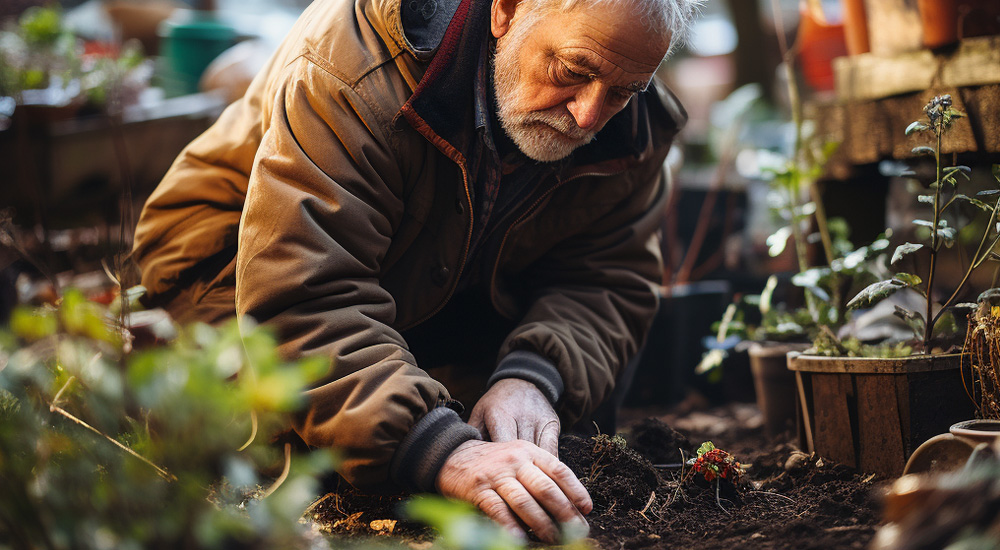
There are several crops that you can harvest in the winter months, and these include parsnips (which taste better after a frost). Other options include brussels sprouts, leeks, kale, winter cabbages and winter salad.
Pulses and microgreens can be grown indoors and will be ready within just a few days if you didn’t get around to planting winter vegetables and salad a few months back. You can also plant garlic, raspberries, rhubarb and fruit bushes in the winter.
Help Local Wildlife
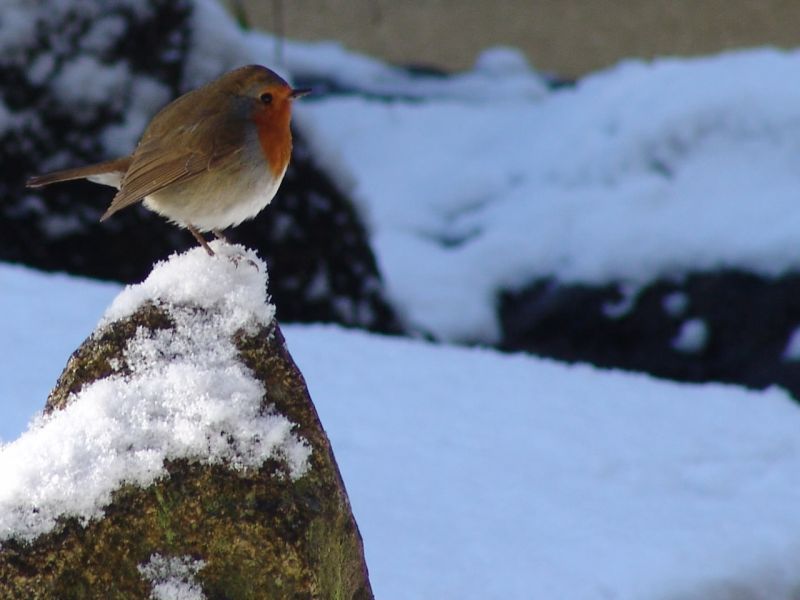
Provide shelter to wildlife with leaf piles or brushwood in corners, to give them somewhere to hibernate.
Keep bird feeders well stocked up, to ensure they don't run out of food. And break the ice of any water bowls.
Seedheads can be a wonderful resource for wildlife, so consider keeping them for as long as possible.
Prepare Perennial Beds
Prepare perennial beds for spring regrowth in late March. You can clear out your beds by removing weeds and dead foliage. You can then recover plants at night in case you have further problems with frost.
Loosen winter mulch from your plants and create a division between your summer and autumn perennials. Mow your lawn in the spring to ensure old growth is removed to make way for new growth. You should also overseed thin spots and bare patches.
Once spring is near, you can move branches of pussy willow, quince, crab-apple, forsythia, pear and flowering cherry indoors once their buds are set. The stems need to be placed in a water vase.
Change the water every four days. Expect to see indoor blooming in around three weeks.
Remove snow and ice
Make sure you’re brushing heavy snow from your trees and shrubs. However, you need to let ice melt naturally. Limbs that have been damaged by ice and snow need to be pruned.
Try to stick to paths and walkways when walking around your garden so turf grass isn’t damaged. If your paths become icy, use bird seed, sawdust or sand. Salt and deicers can damage your plants so are best avoided.
Tidy your space
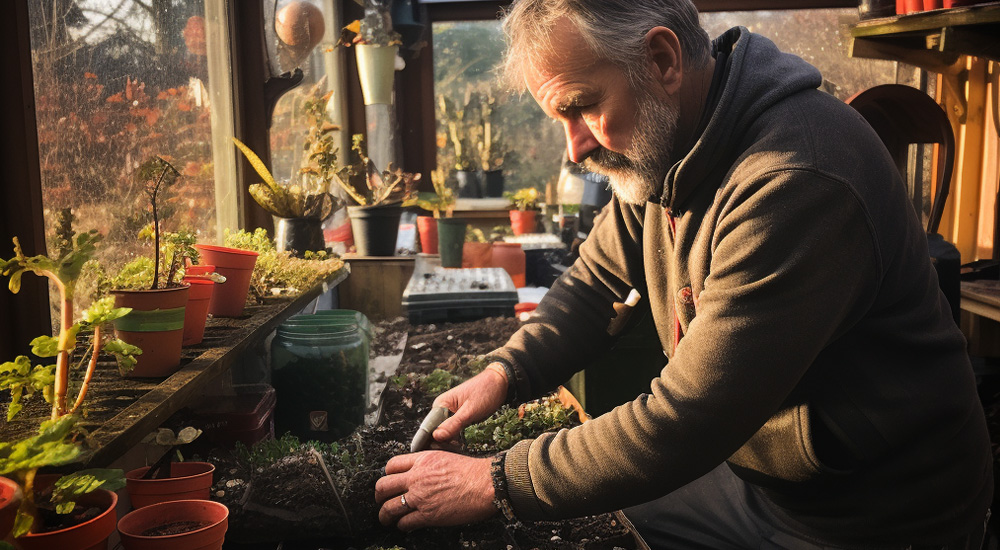
It’s a great idea to spend a few hours tidying your greenhouse and shed this winter. As your greenhouse will be emptier at this time of year, now is the ideal time to get it spring-ready. Maintain your lawnmower and sharpen your tools so you’re fully prepared for the forthcoming seasons.
Maintain your tools
You won’t be using your equipment so much over the winter months. This means winter is the ideal time to reorganise your tools and clean them.
A great way to overwinter your metal-blade tools is to keep them in an old pot with a blend of clean sand and vegetable oil. You’re also advised to rub wood handles with linseed oil before you store them.
If you paint them in bright colours, this will make it easy for you to find them. You can wipe metal tools down with burlap once you’re ready to use them again.
Plan for the year ahead
In greenhouse terms it's undoubtedly the quiet time, but there's still lots to be getting on with. Make the most of some relaxed thinking and look back over the previous year.
Whether you've kept botanical notes or just kept it all in your head, review what went well, what didn't and plan things you might like to do differently next year. Make lists of plants to try or research further and seeds to buy.
You can also apply these principles to your equipment and greenhouse gardening supplies - this can often make a big difference to the success of your crops.

Things To Plant/Grow During Winter
We've included several tips below, as well as an excellet video from Charles Dowding:
Planting Your Bare-Rooted Plants
Winter is a great time to plant bare-root plants.
These are plants that you can buy without any soil around the roots.
This is a highly economical planting method.
When you take advantage of this, you’ll find a wider range of fruit trees or bushes available to you, and you’ll also be able to plant bare-root roses, perennials, and hedges.
Plant Tulip Bulbs
Tulips are best planted during cold weather, so winter is a great time to plant them.
Dig a hole with a large trowel roughly 20cm deep, drop the bulb into the whole with the pointed part facing upwards, then cover with soil and give them a water. Plant them roughly 5cm apart.
Plant winter containers
If you’re looking for ways to brighten up dark winter days, fill winter containers with berries and flowers.
It’s a good move to place these near your house so you can see and enjoy them with ease.
Consider plants like:
- Heather
- Cyclamen
- Winter Pansies
- Ivy
- Skimmia
- Wintergreen
- Sarcocca
- Euonymus
- Bergenia
- Hellebores
Ornamentals
Sow perennial seeds like Lupinius (lupins) and Aquilegia (columbine) and place trays/pots in a cold frame.
Antirrhinums (snapdragons) and Laurentia (blue star creeper) can be sown in a cool greenhouse for early flowering in the summer, while Begonias and Geraniums will get a head start to the season, when sown in early winter.
Cyclamen like cool temperatures, so sow them anytime from now until March.
Fruit and Vegetables
- Plant seed potatoes for early spring harvest
- Sow salad leaves and tomatoes in a heated greenhouse
- Harvest forced chicory, carrots, new potatoes and salad leaves (planted earlier in the year)
Enjoyable Things In a Winter Garden
There is still lots to enjoy about a winter garden.
Here are some of our favourites:
Make the most of evergreens
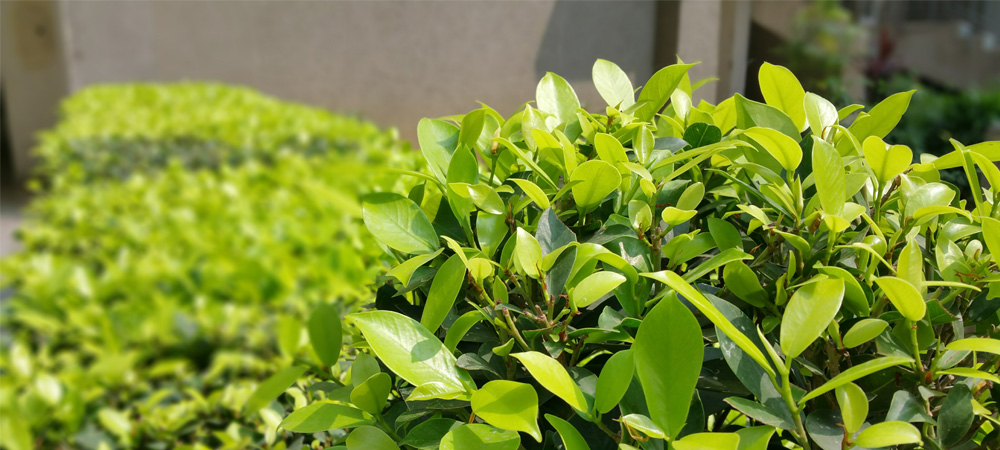
Evergreens including box balls and topiary to more established shrubs give you essential structure throughout the year and come into their own in the wintertime.
There are plenty of gorgeous evergreen shrubs for you to choose from.
Plants like winter jasmine give you strongly scented flowers as well.
Immerse yourself in winter flowers and scent

Plenty of flowers can be enjoyed throughout the winter. These include winter iris, hellebores, snowdrops, crocus and aconites. Many plants have strongly scented flowers, and these include hamamelis (witch hazel), daphne, and viburnum - all strongly scented.
If you want to add more colour to your garden, you should be able to find a host of seasonal favourites at any nearby garden centre.
Take advantage of your greenhouse
It might be nippy outdoors, but if you heat your greenhouse, even to modest temperatures (7 ˚C/45˚F) it still makes for a cosy contrast.
A fantastic way to avoid the winter blues is to spend time in your greenhouse. There are plenty of things to get on with, including growing something new like a citrus plant, getting your succulents potted up, or overwintering plants like pelargoniums.
Clear away leaves, inside and outside, remove dead and decaying flowers and foliage and water carefully in the mornings. Keep your greenhouse looking good inside and it will continue to provide a tempting bolthole from the outside world.
You can while away many an hour dispensing TLC to your plants at this time of year and they'll pay you back in spadefuls!
Take advantage of sunny days, refresh top dressings, wipe down the leaves of foliage plants and check out how your bulbs are doing.
During January and February, you can being sowing your seeds in a heated propagator. If temperatures fall unusually low, then you can insulate your greenhouse with bubble wrap to keep the heat in.
If you run a heated greenhouse, it's the optimum time to work out the best way to do this. In larger greenhouses it's sometimes more efficient to run two smaller heaters, than one large and although there's the initial outlay, if you're running them at lower temperatures it can even out and produce a better overall result. If you use a fan heater, check that it's working to full capacity and in a place where it's not pulling in dust and debris - raising it on blocks is a good idea.
Appreciate your seedheads
Although many perennials are cut back at the start of autumn, it’s a good idea to leave plants that have attractive seedheads. These can include rudbeckia, teasels, echinops and ornamental grasses, Cut them down in spring when you’ll be able to see new growth appearing at the base.
Keeping a plant diary
The winter is a great time to think about what you want to grow during the forthcoming year. Make a note of what grows in your garden and create a full plant inventory. Record details such as plant locations, bloom times, past performance, age, source, pest problems and solutions for each problem you’re likely to face. When looking for new plants, seek out ones that are tolerant to insects, diseases and droughts to get the best from your garden throughout the year.
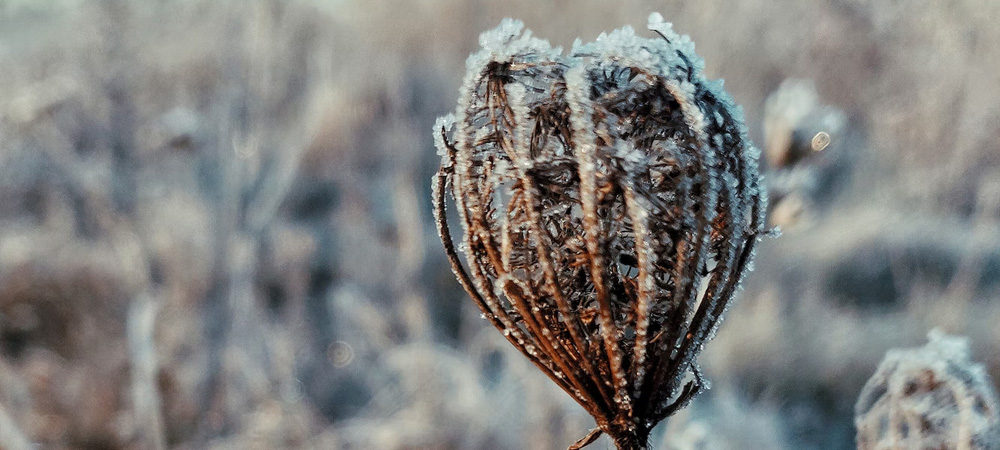
How do gardeners keep themselves busy in the winter months?
Many gardeners spend the winter months working through borders and weeding out every perennial weed that they can see.
When plants are dormant, it can be much easier to work with fences, climbing plant structures, walls, plant supports, painted surfaces and more.
Any problems that you need to deal with will be more visible during the winter months.
Related:
- Why Do Plants Grow Faster in a Greenhouse?
- What to Grow in a Potting Shed
- Grow Bags
- Grow Bags vs Pots
- What Vegetables to Grow in a Greenhouse
- What to Grow in a Greenhouse for Beginners
- What to Grow in a Small Greenhouse
- What to Grow in a Greenhouse in Summer
- What to Grow in a Greenhouse in Winter
- How to Heat a Greenhouse
- How to Insulate a Greenhouse
Conclusion
We hope you enjoyed our article on gardening in the winter.
If you have any questions, leave them in the comments, or contact us at support@swgreenhouses.co.uk
 Author:
Author: